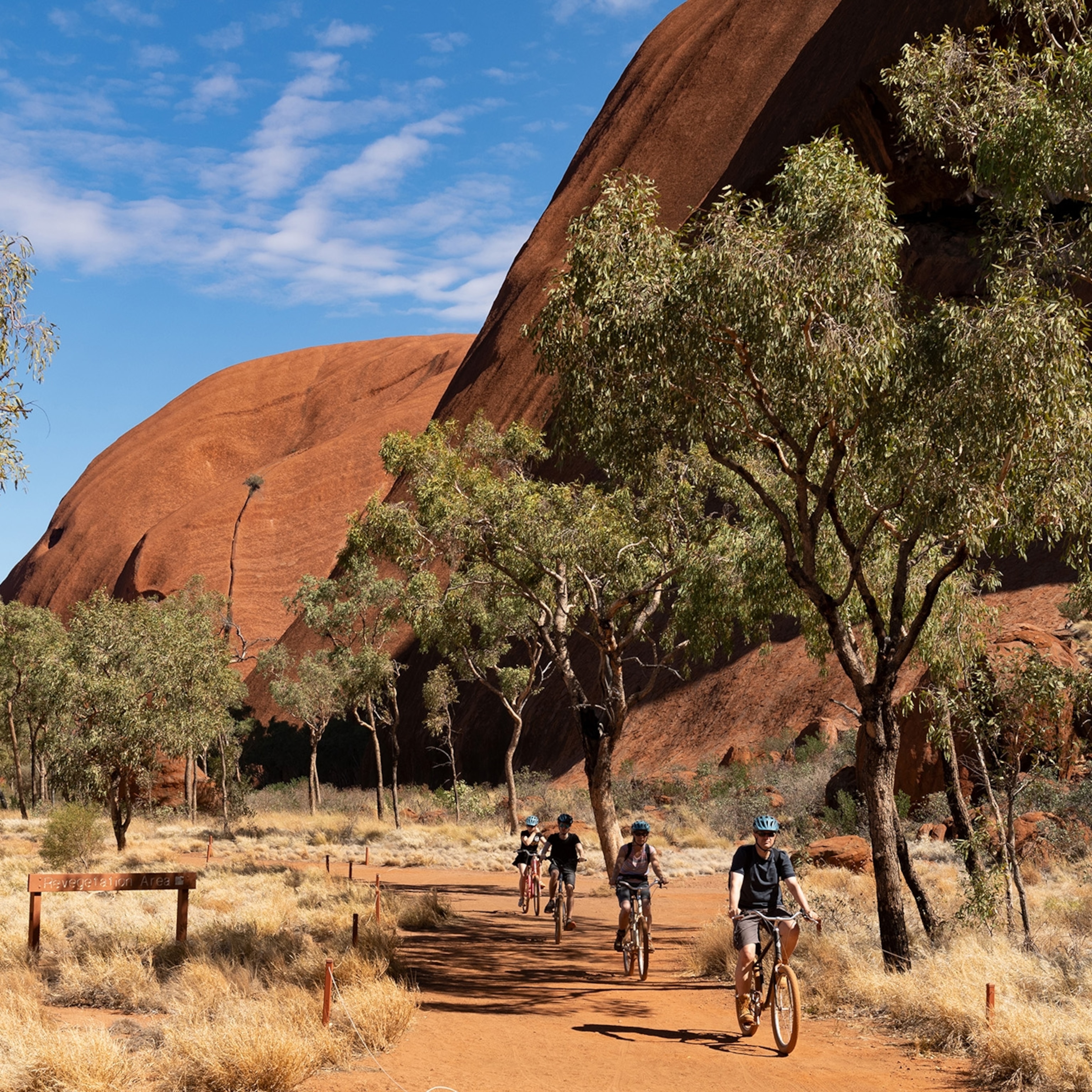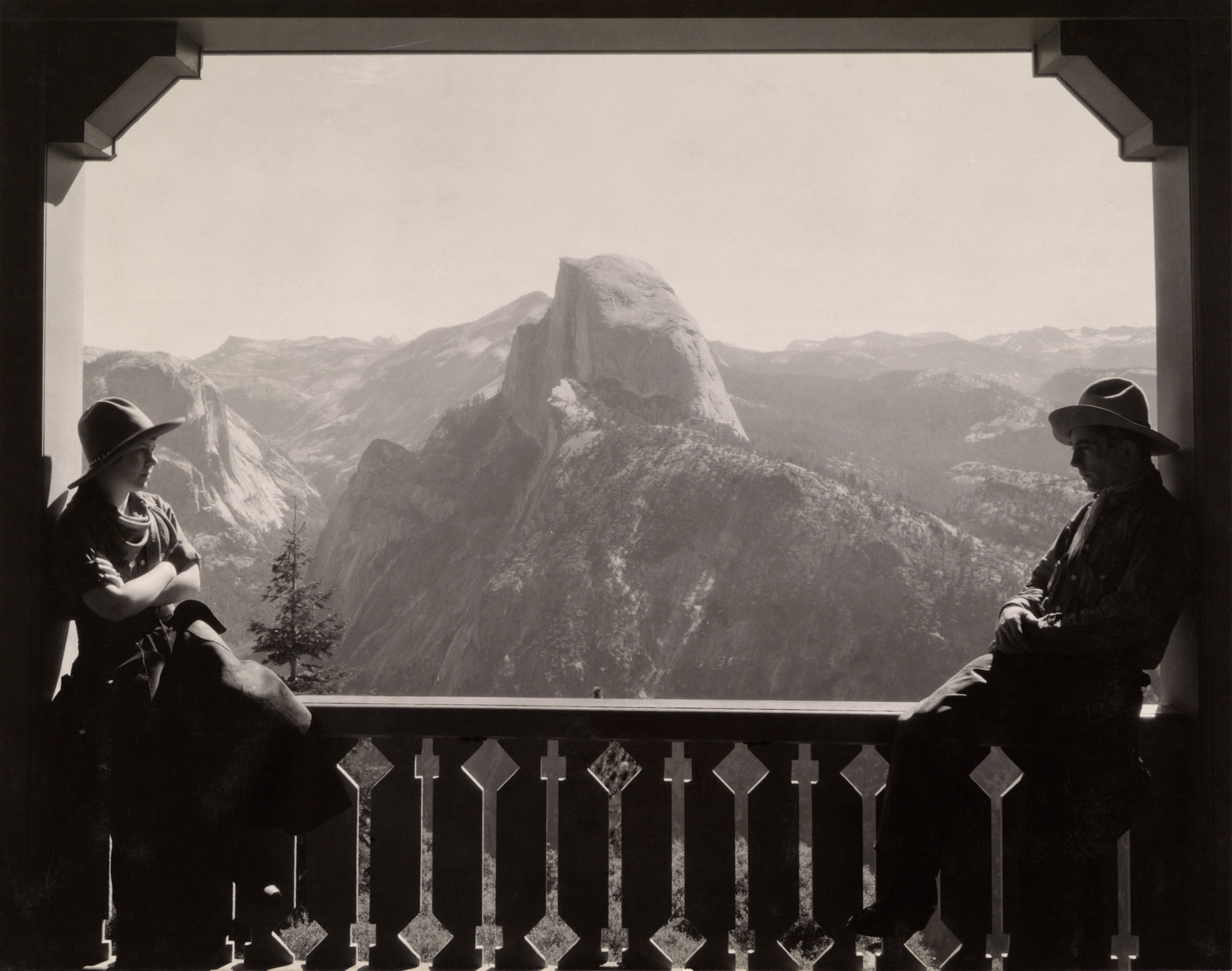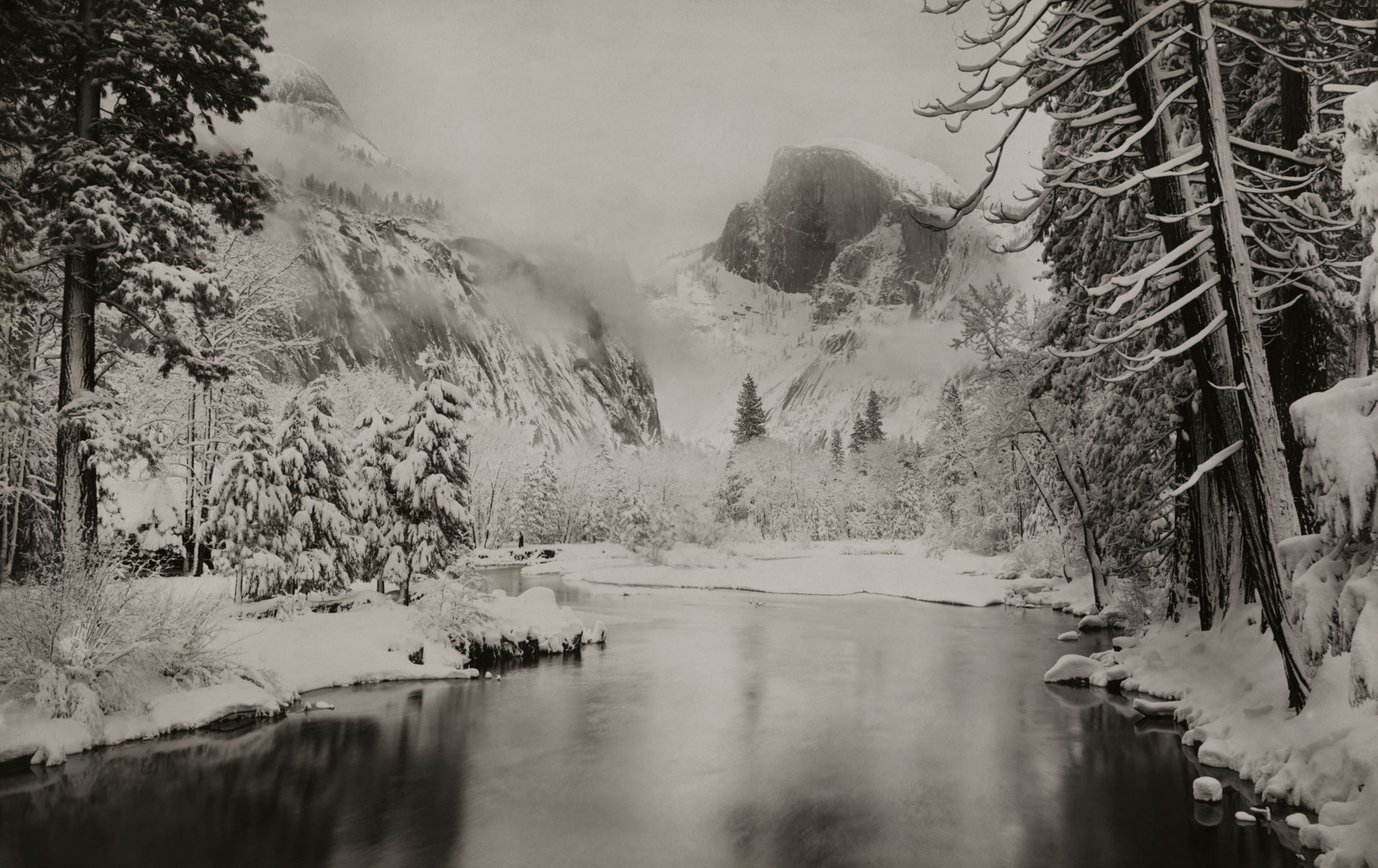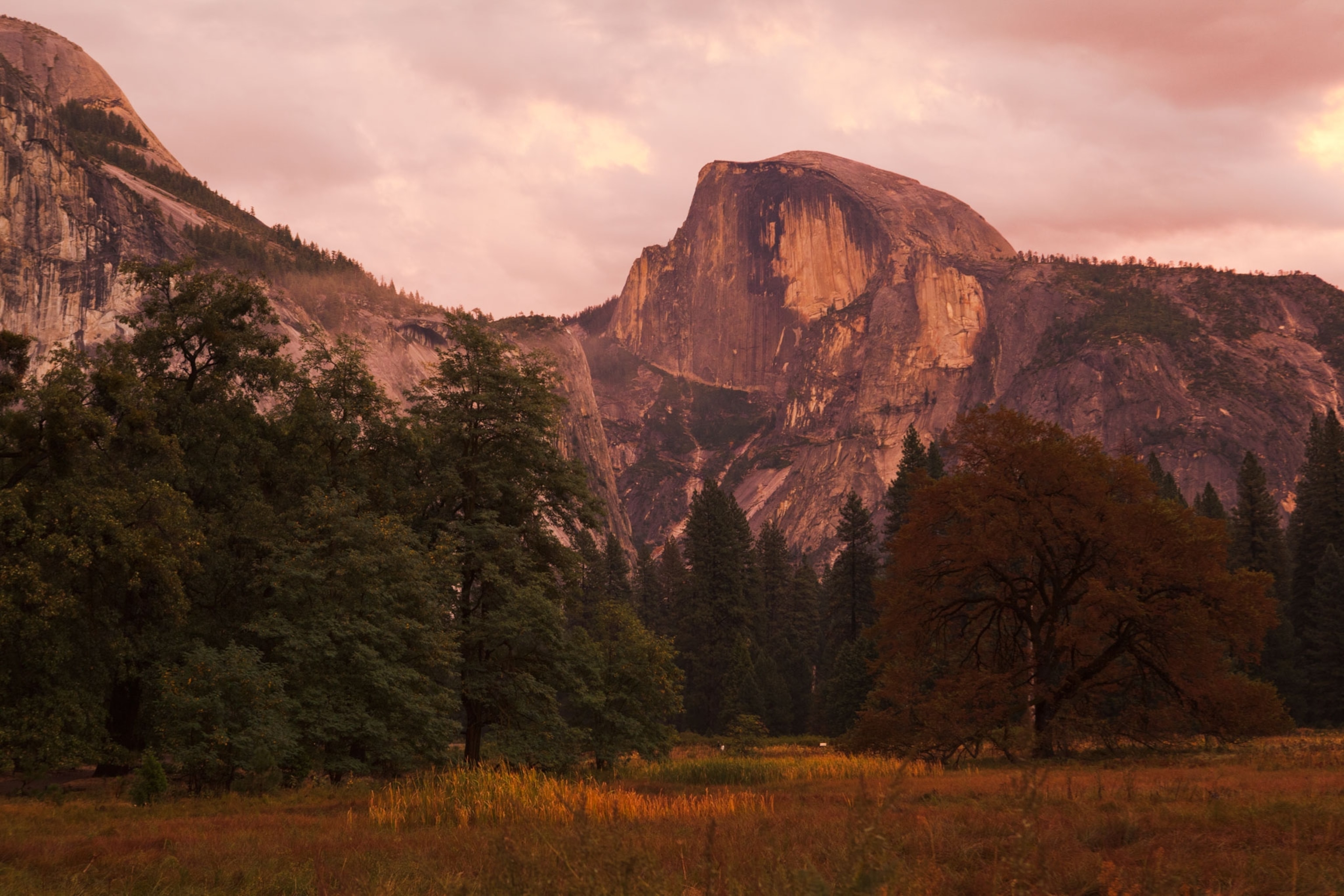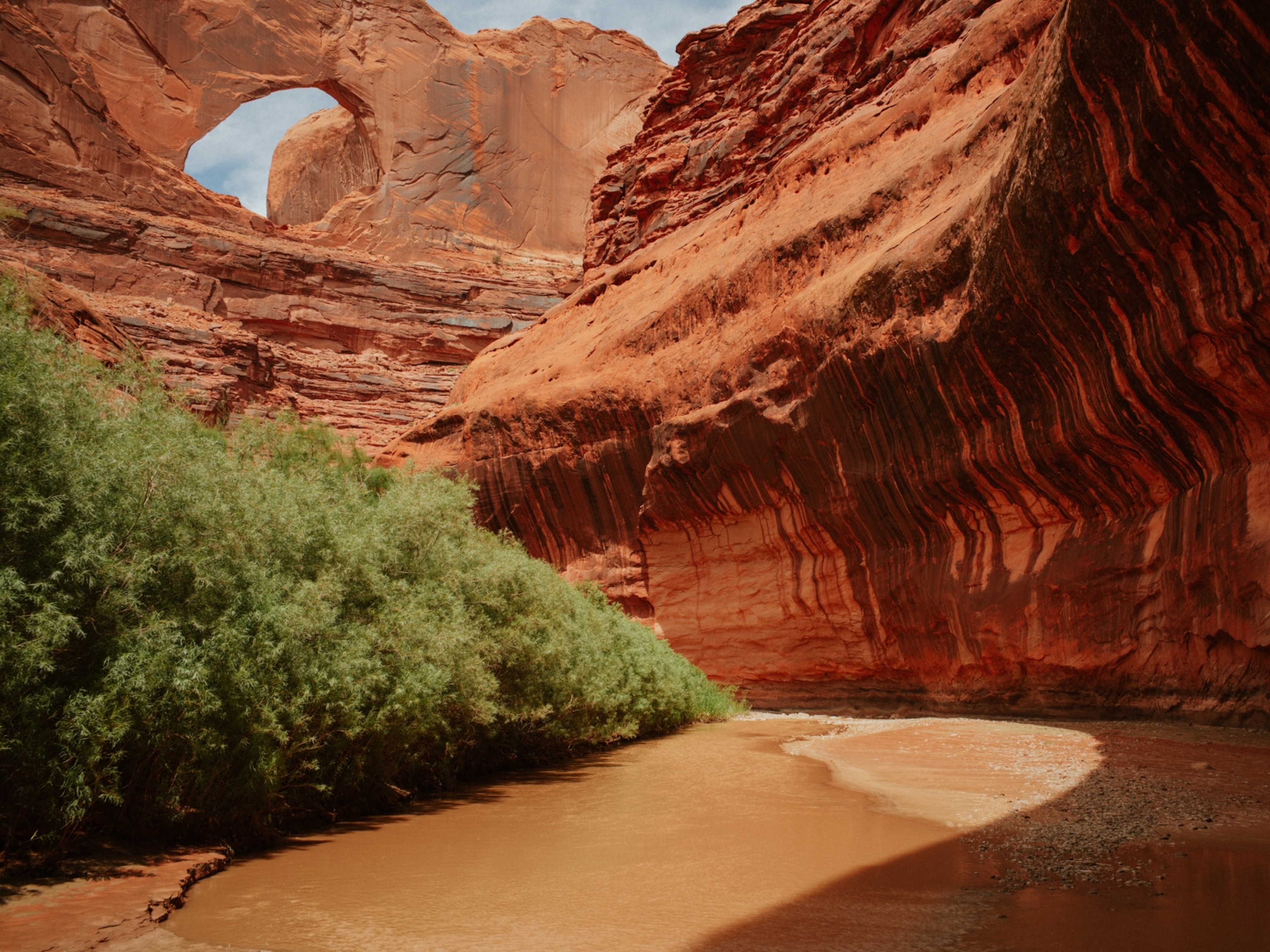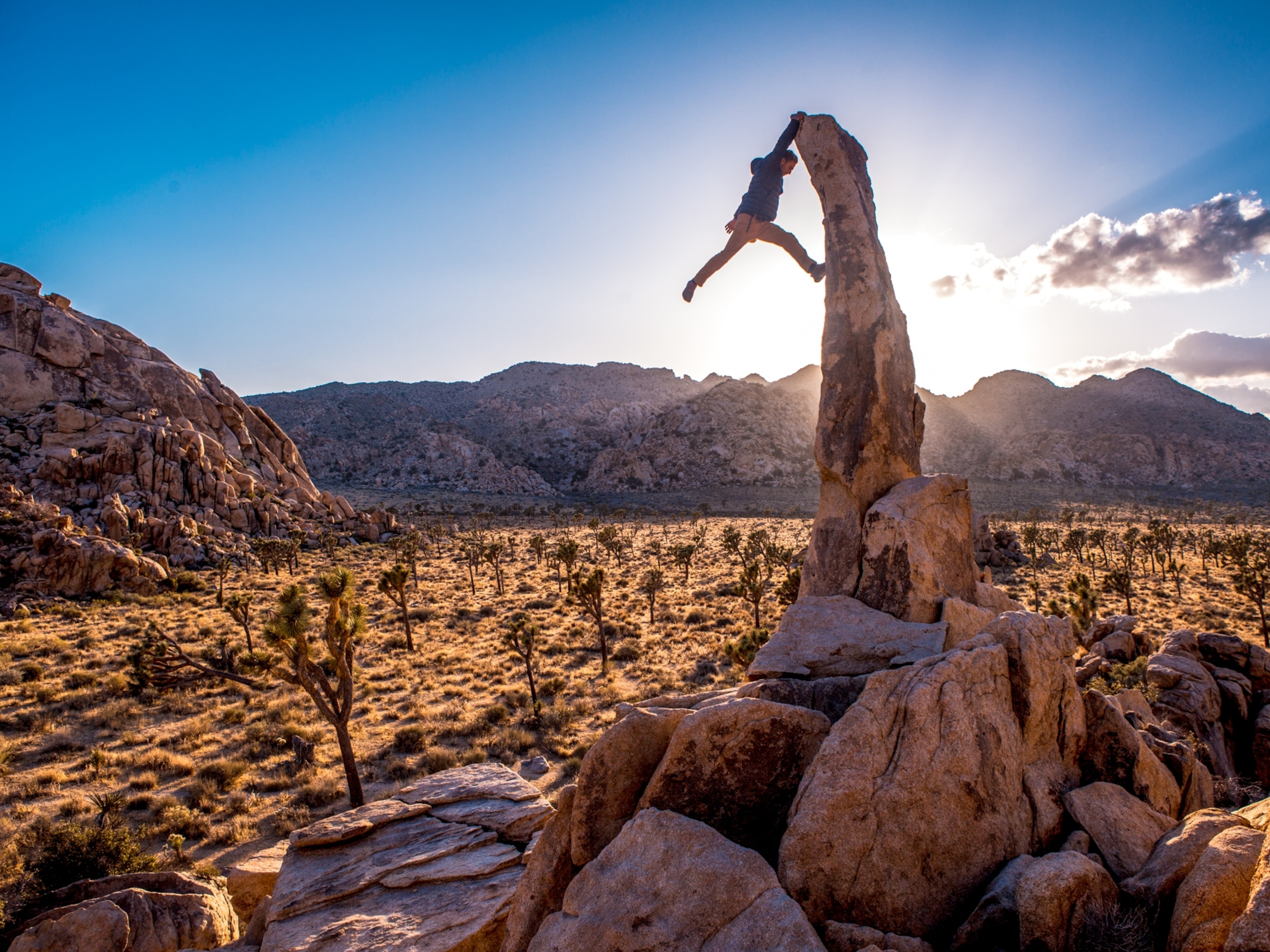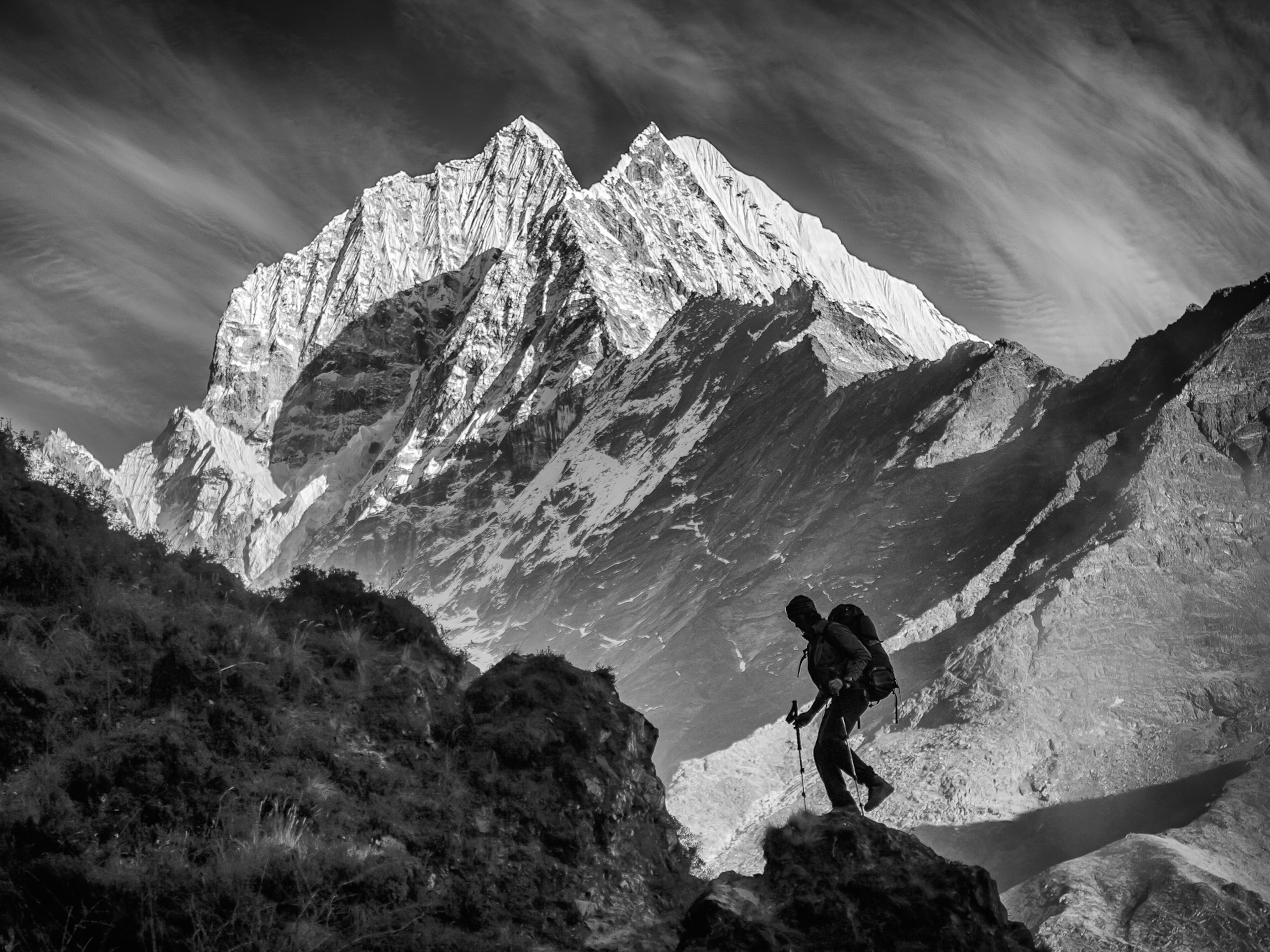
Has Yosemite’s Iconic Half Dome Become Too Dangerous to Climb?
After a month of rockfalls, climbers are reminded that rock solid sometimes isn’t solid enough.
Over the July 4th weekend, Greg Stock lay awake at night, listening to thunderstorms tear through Yosemite Valley, California.
“It seemed like rockfall weather,” says Stock, Yosemite’s official park geologist and a rockfall specialist. “I think if it were a calm and quiet night, I would’ve heard it. But it was not a calm and quiet night.”
According to Stock, what he would’ve heard was a slab of rock avalanching off the Regular Northwest Face, a 2,200-foot (671-meter) climbing route on Half Dome, Yosemite’s iconic granite peak. It likely happened on July 3, but it wasn’t reported until two days later, when climbers Andrew Brodhead and Scott Sinner attempted to scale the route, but turned back upon realizing that a huge swath of rock had fallen, leaving behind a section of sheer, vertical terrain that appeared unclimbable.
The slab of rock that fell was shaped like an isosceles triangle: 200 feet tall and 100 feet wide (60 by 30 meters). It’s estimated to have been between 5 and 15 feet (1.5 and 4.5 meters) thick, and it likely weighed about five million pounds (2.2 million kilograms).
To a seasoned climber on the route, the disappearance of this much rock would be as shocking as a New Yorker casually walking down 5th Avenue and seeing the Flatiron building had vanished.
“I don’t know how many climbers have climbed over this feature,” says Stock. “Thousands? Tens of thousands? Now it’s gone.”
If a climbing route is like a vertical highway, then this rockfall would be as problematic as the collapse of a major bridge. Either a new bridge needs to be built, or a new way around the water needs to be discovered. Some climbers spent the month of July trying to find that path. Yet despite a handful of attempts, so far the Regular Northwest Face has not seen a complete ascent. Most climbers, however, have simply chosen to steer clear of Half Dome due to the reports of continued, albeit smaller, rockfall activity. Many wonder if the north face of Half Dome has just become too risky.

Did Climbers Cause the Rockfall?
“It’s kind of the nature of rock to change over time,” says Alex Honnold, a professional climber from Sacramento, California, who is known for his daring ropeless free solos. “ [But] it’s always a little sad to see such a classic route change.” (Watch Alex Honnold free solo Half Dome)
The Regular Northwest Face of Half Dome is one of the most prized climbing routes in the world. Over five days in 1957, Royal Robbins, Mike Sherrick, and Jerry Gallwas pioneered the route’s first ascent, a momentous achievement at the time. By 2015, the Regular Northwest Face saw upwards of a dozen ascents per week, with most parties typically climbing it in a single day or two. Honnold has the unofficial speed record for scaling the Regular Northwest Face: 1 hour, 22 minutes.
When asked whether the July rockfall gave him pause or would make him reconsider his penchant for ropeless rock climbing, Honnold says, “I think it’s silly to worry about freak acts of nature. I don’t worry about being struck by lightning on a clear day. If I get killed by a massive geological event like that, then it was obviously my time.”
It's amazing how clean the break was … There are still a few large blocks waiting to come off.Climber Justen Sjong
Rockfall is a part of the climbing game the way avalanches are a part of the hazard in big-mountain skiing. To geologists, rockfalls are not so much a source of nightmares, but rather a scientific mystery to be solved. There are many typical culprits, often acting in collusion over days, weeks, months and centuries, to a point in time when the proverbial straw on the camel’s back unleashes a spectacular geological event.
“All it takes is a little bit of water, or a slight tremor from an earthquake,” says Stock, “and a block which has been stable for a long time falls."
Most of the major rockfalls in Yosemite are the result of a geological phenomenon called exfoliation, in which layers of granite, under extreme internal pressure, are pushed outward to the point of falling.
“Basically, Half Dome is layered like a deck of stacked cards,” Stock says. “Exfoliation is a process of those layers falling away to reveal the next layer in the cliff face. What causes them to fall, however, is hard to determine.”
One clue emerged in mid-July. In a blog post, Jason Haas, a Colorado-based climber, described a situation he had witnessed while climbing the Regular Northwest Face in June. A climbing party just below him was sitting atop a refrigerator-sized block—called a chockstone—when the block moved, dropping a few feet down into a wide crack in the back of the ledge.
Chockstone wedging is “a recognized way of levering large flakes off of cliffs,” Stock says, though he can’t say for sure whether the incident Haas described ultimately led to the July 3rd rockfall.
“I don't doubt that the area that fell was showing signs of progressive destabilization leading up to the moment of detachment,” he says.
Active Yosemite
Yosemite Valley has more documented rockfalls than any other similarly sized area, with about 40-70 a year. Most of those rockfalls are small, but every year there will be at least one occurrence of several hundred cubic meters. “And every 10 years,” Stock says, “there will be a rockfall in the tens of thousands of cubic meters.”
At 800 cubic meters (28,251 cubic feet), the July 3 rockfall will go down as a relatively minor event. Previous rockfalls (some indicated in the chart below) have registered as earthquakes and created airblasts powerful enough to fell trees. The 1987 rockfall at Middle Brother closed the road out of Yosemite Valley for two months.
The recent rockfall on Half Dome was unique in that it went unnoticed in the dark of night. Some interpreted it, and the continued activity, as a spiritual sign. Laramie Duncan, a climber and former Yosemite denizen, posted a watercolor painting of Half Dome on Facebook, and wrote: “Climber friends: With all this rockfall on Half Dome, it’s almost as if the rock itself is paying its respects to Dean [Potter].”
Potter, who has held various speed climbing records on Half Dome, and often wingsuit BASE jumped from its summit, died alongside Graham Hunt on May 16 during a jump from Taft Point in Yosemite. (Read how Dean Potter reinvented climbing, jumping, and flying)
Repairing The Route
Recently, Justen Sjong and Jim Herson, two seasoned Yosemite climbers, attempted to find a new path across the rock scar. They began scaling Half Dome on July 27, but quickly retreated when they discovered just how unstable and scary the rockfall zone remains. Sjong posted a picture of it on Instagram.
“It's amazing how clean the break was,” Sjong says. “There are still a few large blocks waiting to come off at the top of the breaking point. … I was nervous with the size and current activity. We bailed at that point.”
It's still possible to reach Half Dome’s summit, of course. An “easier” eight-mile (12.8-kilometer) hike, popular with Yosemite visitors, culminates in a scramble up a structure made of cables and steps installed on the eastern side of the peak.
Climbers, however, would prefer to reach the top via the challenging, steep, and long Northwest Face. This route is a rite of passage for Yosemite climbers, and the idea that it might no longer be climbable was enough to bring two climbers from Southern California out to Yosemite, to see if they could do something about it.
Joshua Reinig and Howard Ballou weren’t going to let one of their favorite climbs vanish. At the end of July, Reinig and Ballou spent five days working to pioneer a new path up and across the rock scar.
They slept in a portaledge, a hanging platform tent, below the scar—a precarious position that was abnormally dangerous in the wake of the rockfall. Loose gravel from the fresh rockfall rained down on them, while the entire cliff itself trembled as blocks shifted and settled.
“At night we felt the wall vibrating pretty heavily,” says Reinig. “That definitely added to the excitement.”
To overcome the rock scar, the pair installed a series of bolts, into which climbers can clip ropes and equipment. This so-called bolt ladder will act as the bridge across the rock scar, and is considered a compromise to keeping the route open for climbing.
“Although we all know this is not the ideal way we would like to climb up there,” wrote Brendan Latham, Yosemite’s climbing ranger, in reference to the new bolts, “the section that has to be re-connected is super steep and blank.”
Reinig and Ballou discovered a potential new path, which wouldn’t require additional bolts, around the rock scar to its right. However, going that way, at least right now, proved to be way too dangerous due to some looming, loose blocks. For example, Reinig described several blocks the size of washing machines teetering on ledges.
A complete ascent hasn’t happened yet, but with the new bolts in place, climbers believe that it’s only a matter of time before people start taking chances again, and the Regular Northwest Face returns to its former popularity.


